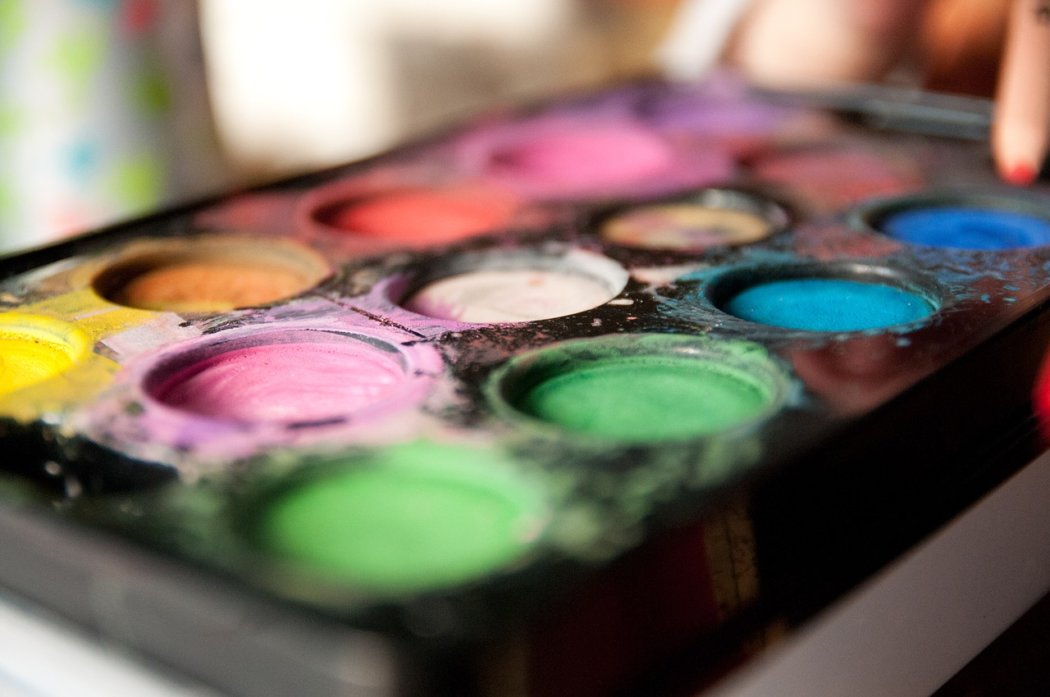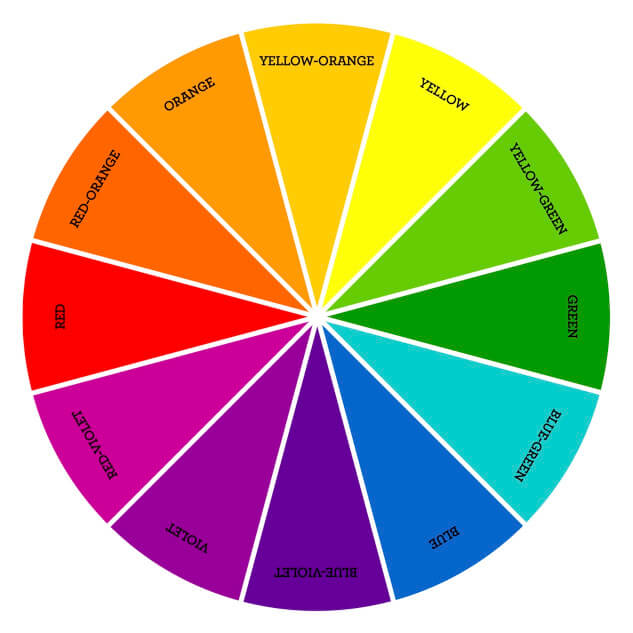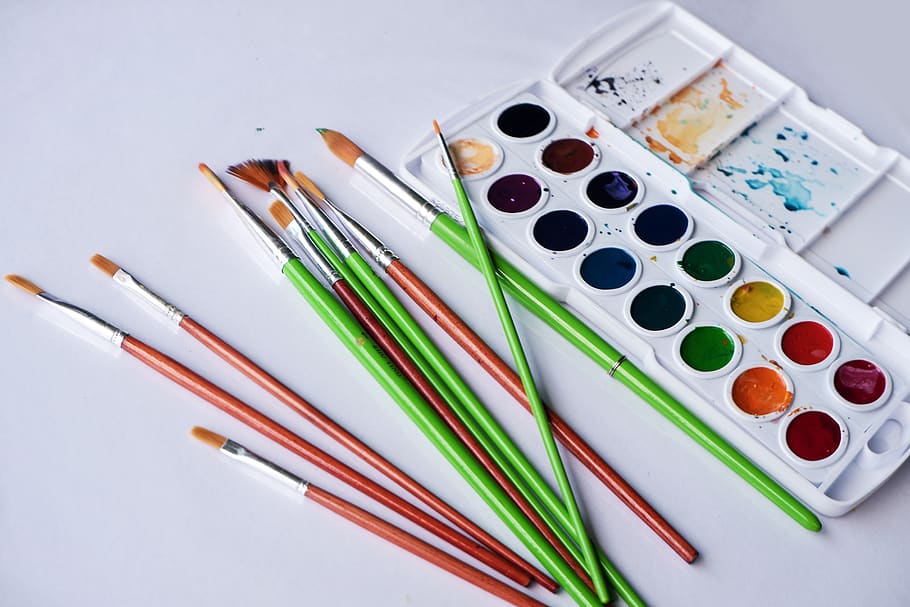Green Watercolor: How to Mix and Use it in Your Painting
When you were younger, you might have loved reveling in the freshness of nature. Its lush green trees, the spindly texture of grass beneath your feet, the blooming bushes, and even the rolling hills and mountains might have inspired you to paint with green watercolor.
Those who are familiar with the art scene know that green is one of the most prominent hues in the field.
At the same time, it is also one of the most challenging and complicated shades to achieve primarily because there are numerous types of green pigments that exist not just in the world, but also in art and painting.
Because of its expansive color palette, the color green remains one of the more intimidating hues to recreate.
Those who are beginning their journey in the art world, and even renowned professionals and artists, will tell you that getting the right shade and consistency of green watercolor can be tricky.
In this article, we will focus on green watercolor and how it is made. We will also touch on its prominence in art, culture, and history.
Interested in diving into this magnificent world of color? Read on to learn more…
Green Watercolor and the Color Wheel
In elementary school, you were introduced to the color wheel and the variety of colors in it. This structure gets its name because the hues are arranged in a circular manner. Those that sit opposite each other are dubbed as complementary colors.
There are three main categories that comprise the color wheel, namely primary colors, secondary colors, and tertiary colors.
The primary group contains the basic hues of red, blue, and yellow.
Meanwhile, secondary hues are achieved by combining two primaries together. The product of red and blue is violet, while the resulting color of red and yellow is orange.
Green is the offshoot of mixing blue and yellow together.
Lastly, tertiary colors are achieved by combining one primary and one secondary pigment. Those that fall under this group are red-violet, red-orange, yellow-orange, yellow-green, blue-violet, and blue-green.
Making Green Watercolor
Now that you know how color mixing and the color wheel works, you might have an idea as to how green watercolor is achieved.
In the event you do not have green pigment, you may simply combine blue and yellow together.
Since these are mixed with water, the colors have a tendency to run transparently. They will also become sheerer as you add more water to the mix.
However, if you need to achieve a certain type of green, feel free to experiment according to color theory and according to your desired outcome.
As most watercolor artists rely on different shades and varieties of greens, it’s important to produce a wide variety of pigments to cater to varying needs and concerns, and of course, to properly capture the intended result.
Brighter shades of green are more vibrant and electric, whereas duller and muted shades of green appear more mysterious and intense.
Here are some combinations to try to achieve green. For a light green color, you may add Cadmium Lemon to Cobalt Blue.
For a darker green, try using the same yellow hue and combining it with Phtalo Blue.
For an olive green hue, you can experiment by adding French Ultramarine with Quinacridone Gold.
Should you produce too green a pigment, you can simply tone it down a few notches with its complementary color – red.
On the color wheel, you might have noticed that red is on the opposite side of the green, thereby making it a complementary hue. Another variation of red, Raw Umber, can help bring the shade to a muted result.
Green Watercolor Options
In the event you’re not willing to combine colors or simply want a hassle-free watercolor painting session, you can buy a wide variety of green watercolors.
Below are some noteworthy pigments you should add to your arsenal:
-
Phthalo Light Green
This hue is said to reflect and impart a jewel-like quality. It has a bright, light, and vibrant formula that’s perfect for capturing grass in a sunny meadow.
-
Phthalo Green
Taking on a deeper shade of green, almost akin to that of an emerald, this hue is best used for reflecting deep, lush forests or perhaps the sense of royalty that’s associated with Egyptian gods and goddesses.
-
Olive Green
Described as a dark yellowish-green color, olive green is perfect for depicting the camouflage clothing normally worn by armies.
The Bottom Line
For a guide on mixing green watercolor options, make sure to utilize this article.
Once you have fully grasped the concept of combining and experimenting with green watercolors, you can choose the best pigments to reach your desired outcome.
Read Latest Posts

Hi, I'm Anthony Tran! Welcome to my site. I live in Arizona and am obsessed with all things related to building an Online Business and working from home. Learn about my journey here.
Follow Online






